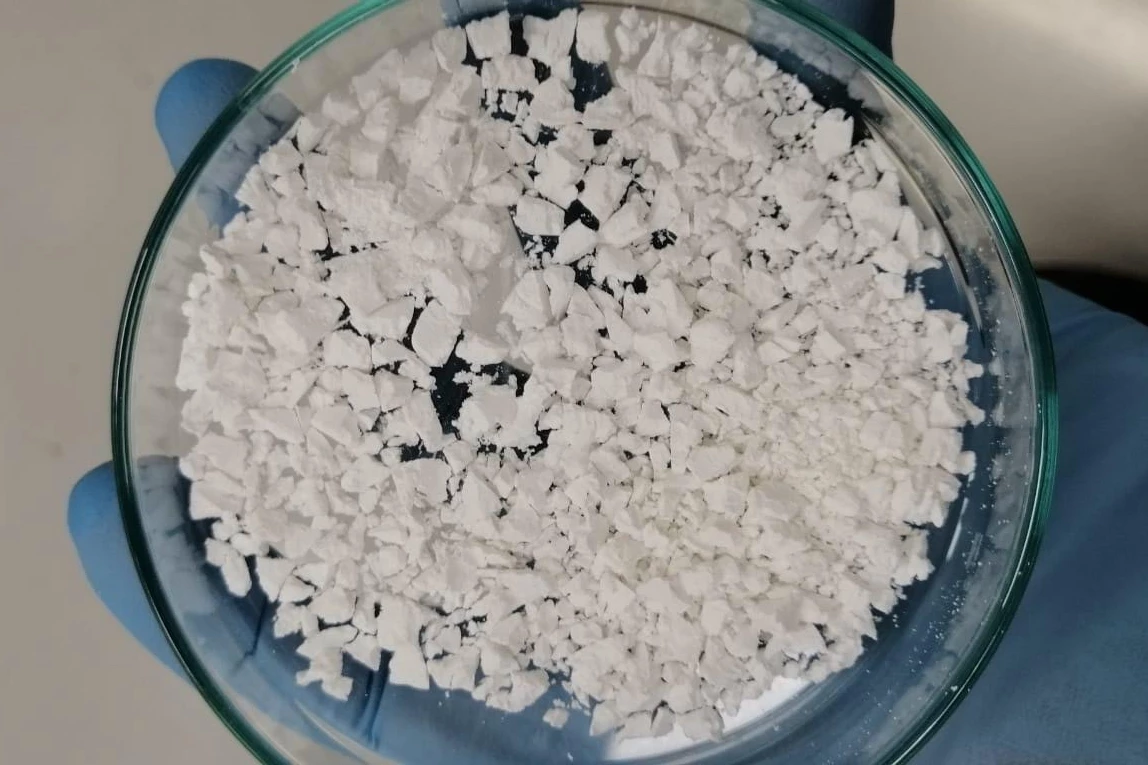Discarded carpets inevitably take up a lot of space in landfills, or create a great deal of smoke when incinerated. Soon, however, it may be possible to recover high-grade polypropylene from synthetic carpets that would otherwise just end up in the dump.
The new recycling process is being developed by scientists at Germany's Fraunhofer Institute for Building Physics, as part of the European Union ISOPREP project.
It begins with a discarded carpet being cleaned, which involves removing as much of the backing as possible. The remaining material is then shredded, mixed with a proprietary ionic liquid solvent (a liquified salt, in other words), and placed inside a reactor chamber. Within that reactor, the polypropylene is dissolved out of the carpet fibers and into the solvent, leaving impurities such as dyes behind.
In a subsequent step, the polypropylene is separated from the solvent, most of which can be reused. The harvested polypropylene is described as being "virgin-standard," meaning that it could be utilized in the production of high-quality products – by contrast, many recycled plastics are limited to use in lower-quality goods.

The scientists are now working on maximizing the amount of solvent that can be reused (as it is rather expensive), and keeping energy requirements and greenhouse gas emissions to a minimum. "If loss rates can be kept to one percent or less, there is potential for the costs of the process to rival those of producing new polypropylene," says Fraunhofer researcher Maike Illner.
Plans call for the process to be trialled in a pilot plant, which should begin recycling 1 ton (0.9 tonnes) of carpet waste per day as of next March. The technology could conceivably also be applied to other types of polypropylene-containing waste.
Source: Fraunhofer




